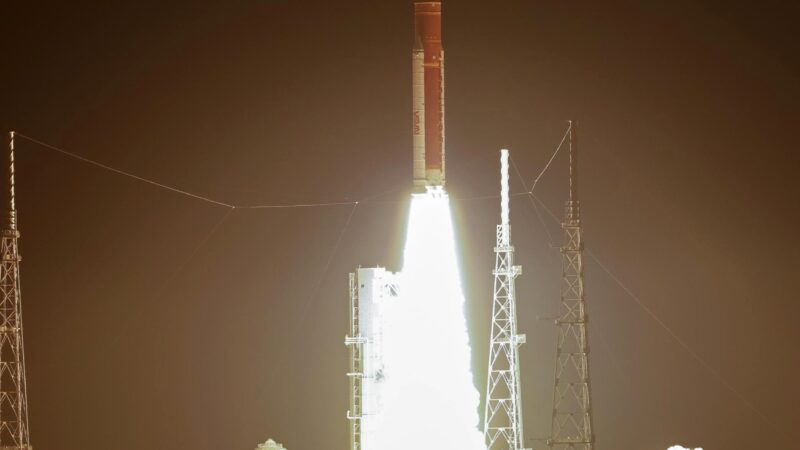X1 level! NASA Captured Powerful Solar Flare by Sun

Overview

X1 Solar Flare by Solar Dynamics Observatory
Sun has been ramping up its activity lately, and it delivered an impressive X1 solar flare on Sunday. NASA’s Solar Dynamics Observatory caught sight of the big burst of radiation. The major flare appears as a bright spot on the right side of an image shared by NASA on Monday.[1][2]
Solar flare

Solar flare
A solar flare[3] is an intense localized eruption of electromagnetic radiation in the Sun’s atmosphere. Flares occur in active regions and are often, but not always, accompanied by coronal mass ejections, solar particle events, and other solar phenomena. The occurrence of solar flares varies with the 11-year solar cycle.
Solar flares are thought to occur when stored magnetic energy in the Sun’s atmosphere accelerates charged particles in the surrounding plasma. This results in the emission of electromagnetic radiation across the electromagnetic spectrum.
High-energy electromagnetic radiation from solar flares is absorbed by the daylight side of Earth’s upper atmosphere, in particular the ionosphere, and does not reach the surface. This absorption can temporarily increase the ionization of the ionosphere which may interfere with short-wave radio communication. The prediction of solar flares is an active area of research.
Flares also occur on other stars, where the term stellar flare applies.

On August 31, 2012 a long filament of solar material that had been hovering in the sun’s atmosphere, the corona, erupted out into space at 4:36 p.m. EDT. The coronal mass ejection, or CME, traveled at over 900 miles per second. The CME did not travel directly toward Earth, but did connect with Earth’s magnetic environment, or magnetosphere, causing aurora to appear on the night of Monday, September 3.
Picuted here is a lighten blended version of the 304 and 171 angstrom wavelengths. Cropped
Credit: NASA/GSFC/SDO
Influence
X-rays and extreme ultraviolet radiation emitted by solar flares are absorbed by the daylight side of Earth’s atmosphere and do not reach the Earth’s surface. Therefore, solar flares pose no direct danger to humans on Earth.
However, this absorption of high-energy electromagnetic radiation can temporarily increase the ionization of the upper atmosphere, which can interfere with short-wave radio communication, and can temporarily heat and expand the Earth’s outer atmosphere. This expansion can increase drag on satellites in low Earth orbit, which can lead to orbital decay over time.

Powerful X Solar Flares produce radiation storms that bring auroras and small doses of radiation to air travelers flying over the polar zone.
References:
[1]Sun Releases Strong Solar Flare – Solar Cycle 25 (nasa.gov)










